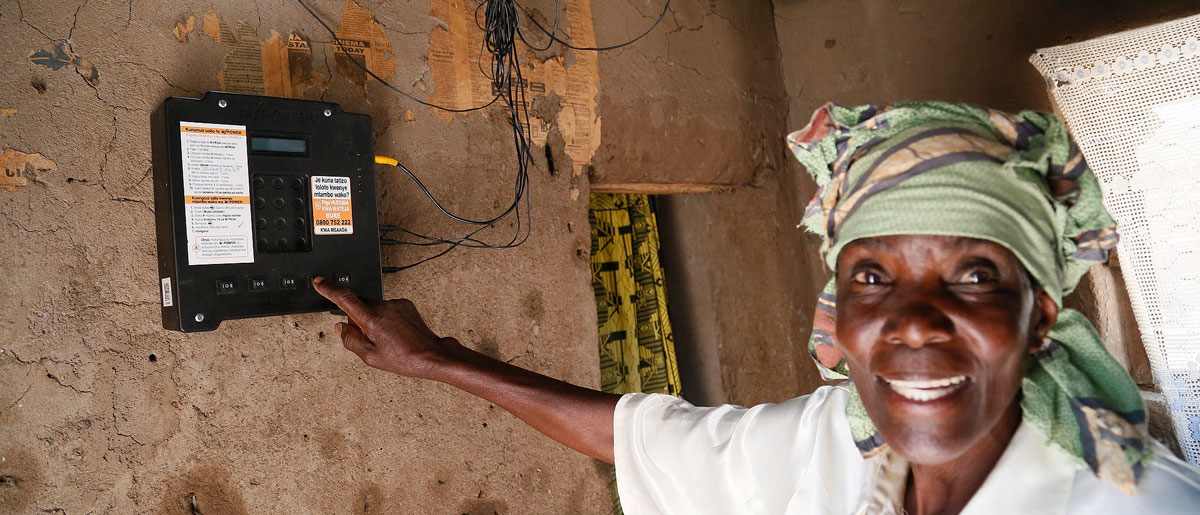
A new report by The World in 2050, an interdisciplinary research initiative designed to address all 17 Sustainable Development Goals, shows that a transformation toward a sustainable future is possible with strong political commitment. Photo: A. Maslennikov/Azote
Bildtext får vara max två rader text. Hela texten ska högerjusteras om den bara ska innehålla fotobyline! Photo: B. Christensen/Azote
the world in 2050
Six transformations needed to achieve the UN Sustainable Development Goals
The World in 2050 initiative launches new report outlining synergies and benefits that render the goals achievable
Text
As it stands, the world is not on course to achieve the Sustainable Development Goals (SGDs). Some three billion people do not have access to modern cooking and sanitation. A billion people go home hungry and do not have access to electricity. Those left behind are the most vulnerable to negative consequences of the industrial revolution that range from climate change to biodiversity loss. A transformation towards a more sustainable future that leaves no one behind needs immediate ambitious action.
A new report from the The World in 2050 initiative (TWI2050) explores six transformations and pathways that take a comprehensive approach to attaining the 17 SDGs. The initiative brings together a network of more than 150 leading policymakers, analysts, modeling and analytical teams from 60 organizations to support the implementation of the SDGs. Stockholm Resilience Centre is one of the partnering organisations behind the initiative.
The new report, entitled Transformations to Achieve the Sustainable Development Goals was launched 10 July 2018 at the UN High Level Political Forum in New York.
The six key transformations presented in the report interact with all the SDGs, providing a way to achieve all the SDGs in a manageable way.
They encompass the major drivers of societal change, including human capacity, consumption and production, decarbonization, and the digital revolution:
1. Sustainable development is a societal rather than an environmental challenge. Substantial advances in human capacity are needed through further improvements of education and healthcare – resulting, among others, in higher income and better environmental decisions.
2. Responsible consumption and production cut across several of the other transitions, allowing us to do more with fewer resources – adopting a circular economy approach and reducing demand is important.
3. It is possible to decarbonize the energy system around 2050 while providing clean and affordable energy for all – including through energy efficiency, more renewables and electrification.
4. Achieving access to nutritional food and clean water for all, while protecting the biosphere and the oceans requires more efficient and sustainable food systems – for example by increasing agricultural productivity and reducing meat consumption.
5. Transforming our settlement patterns will benefit the majority of the world population – such as through ‘smart’ infrastructure, decent housing and high connectivity.
6. Science, technology, and innovations are a powerful driver but the direction of change needs to support sustainable development. In particular, much depends on the way the world will put the Information Technology revolution to use – continuing present trends or inverting them by asserting societal control over them.
"The World in 2050 report provides two key messages to world leaders. One, that we need global transformations to succeed. Business as usual is not an option. The good news is that the report identifies six transformations that are doable and most likely sufficient to deliver on all SDGs. Second, it is not enough to meet aspirational social goals, we need to transition into a new logic of world development on a healthy planet, not only focusing on 2030, but also on 2050 and beyond," says centre director Johan Rockström.









